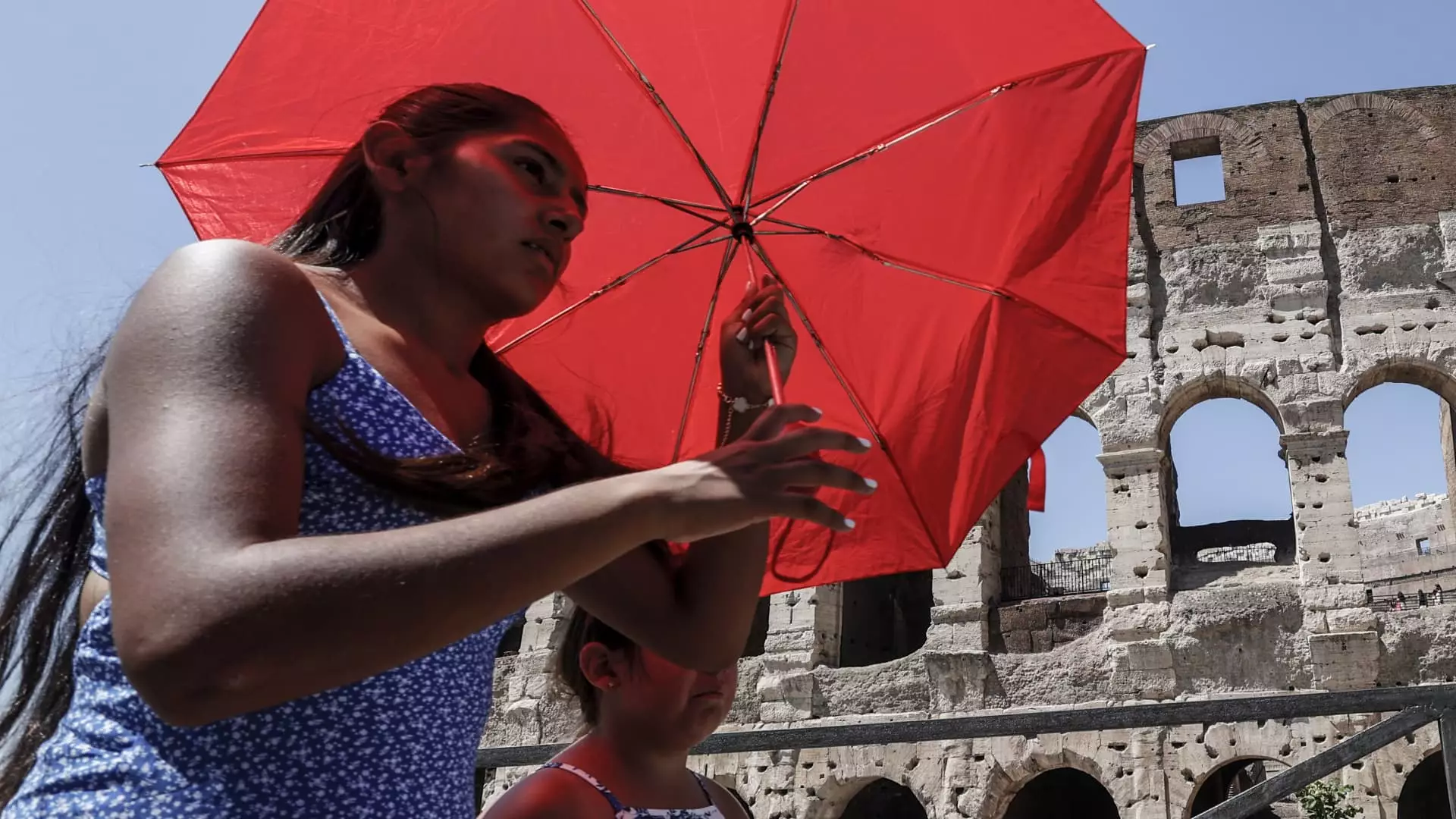The allure of summer vacations in Europe is waning, with soaring temperatures and crowded tourist spots prompting travelers to rethink their seasonal escapes. This year, record-breaking heat across Europe has contributed to a notable trend shift, as more tourists are opting for the shoulder seasons of September and October over the traditionally popular July and August months. Delta Air Lines President Glen Hauenstein highlighted this change during a recent earnings call, noting that travelers blessed with flexible schedules are increasingly choosing cooler times of the year to explore European destinations. The impact of climate change on travel habits is becoming increasingly evident, challenging the long-standing assumptions about when vacations should be scheduled.
In response to this evolving traveler behavior, airlines are adapting their schedules to accommodate these shifts. As denoted by Hauenstein, the hotter summer months are pushing the corporate sector to follow suit—focusing on travel in the more temperate fall months. This trend aligns with findings from the European Union’s climate monitor, which confirmed that this past summer was the hottest on record in the Northern Hemisphere. United Airlines has also joined this adaptive approach, with senior vice president Patrick Quayle stating that the airline is extending its trans-Atlantic routes to start earlier in the year and run longer into the fall. By aligning their schedules with traveler demand, airlines not only keep flights more occupied but also enhance profitability by offering attractive alternatives to potential travelers looking to avoid the summer heat.
Moreover, vacationing during shoulder seasons offers additional benefits beyond just pleasant weather. Travelers can enjoy a more relaxed experience, with reduced crowds at popular attractions, often translating to shorter wait times and more intimate explorations of landmarks. Additionally, airlines and accommodations typically lower prices during these months, providing visitors with greater value for their money. Quayle underscores this sentiment, emphasizing that shoulder seasons provide travelers with an opportunity to experience Europe in a more enjoyable fashion while also capitalizing on cost savings that come with less competitive pricing.
As the global climate continues to transform, the implications for travel planning are profound. It raises significant questions about how airlines, hotels, and other tourism-related industries will adapt to meet the changing desires of their customers. The trend towards off-peak travel could very well signal a long-term shift in how vacations are conceptualized. Increased attention to environmental conditions and customer preferences might pave the way toward a new tourism model that prioritizes sustainability and comfort.
This evolving landscape suggests that both travelers and the travel industry must remain vigilant, adaptable, and informed. As climates shift and preferences evolve, only those who proactively respond to these changes will thrive in the challenging yet exciting future of travel. The essence of the summer vacation experience is transforming, and in the years to come, we may witness the emergence of a new norm in European travel.

